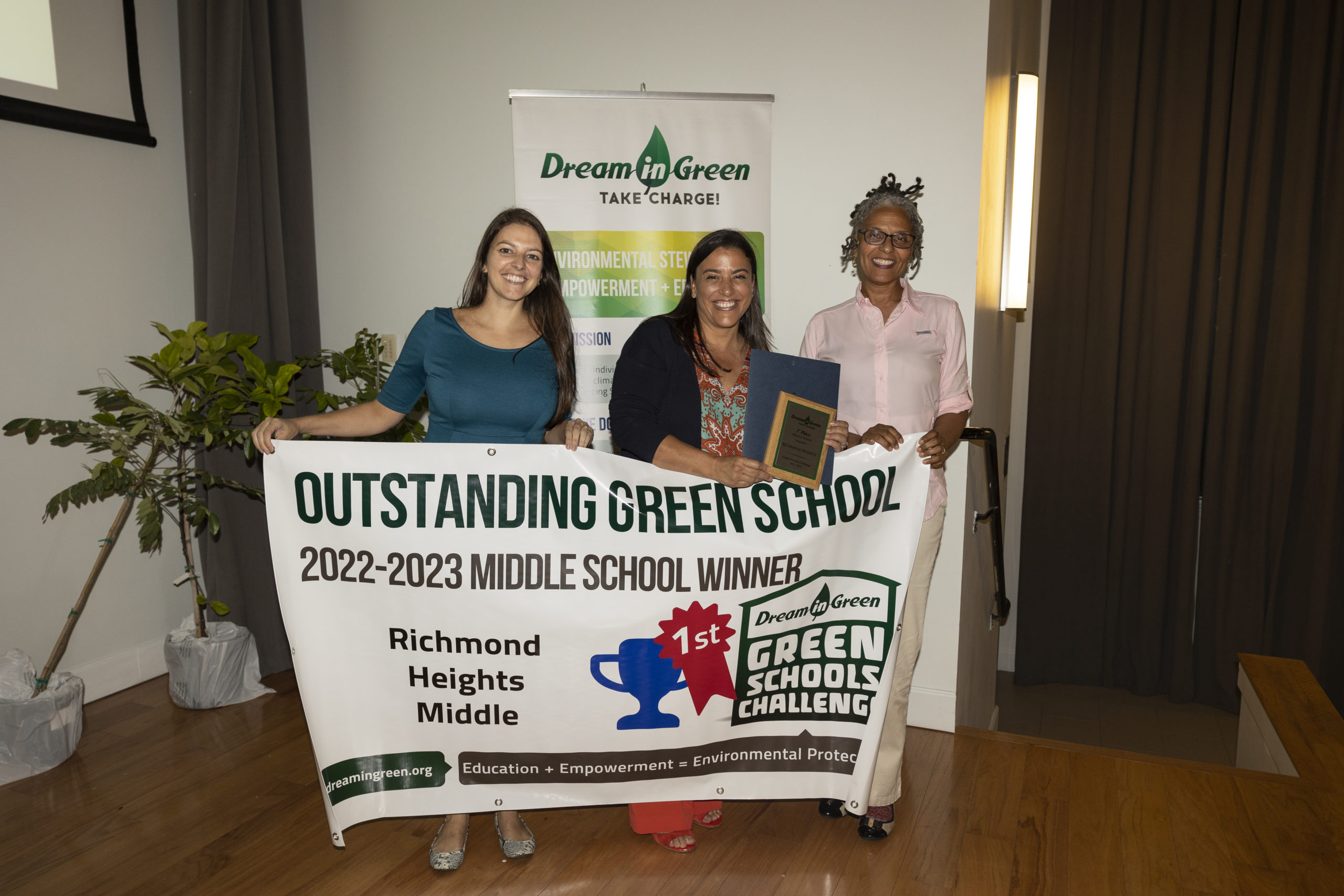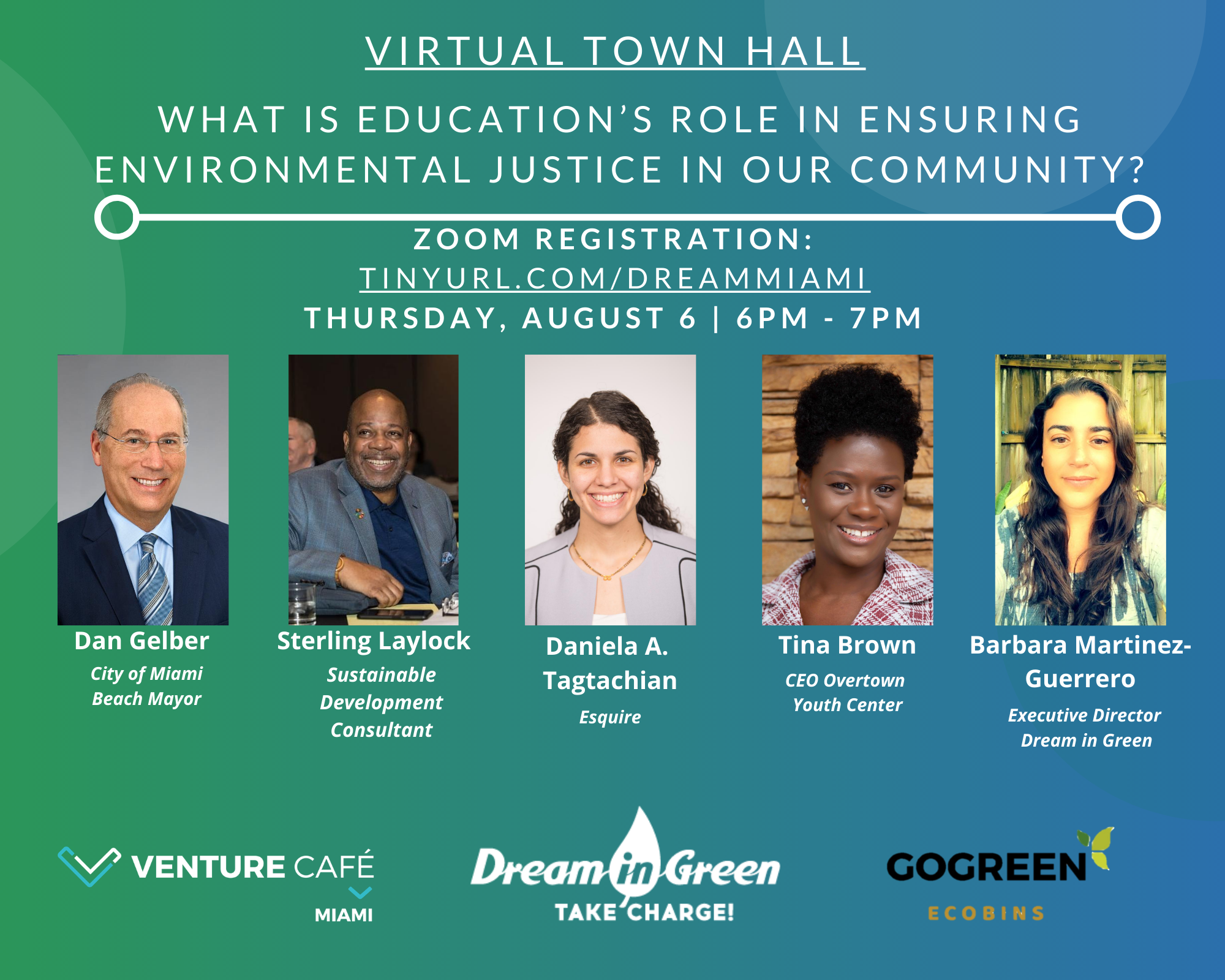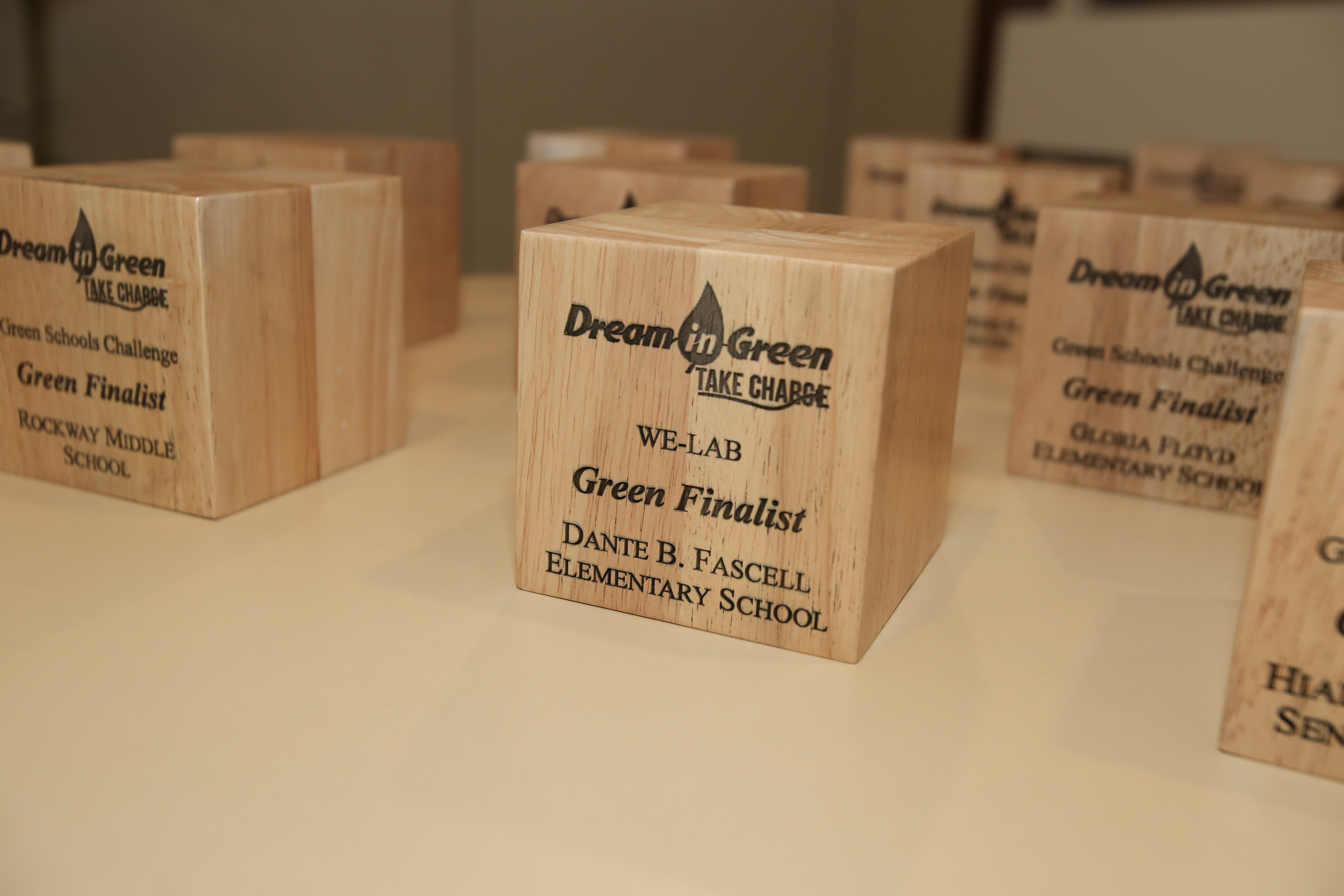We use it all day, every day. Take a moment to think of all the ways you use water in your daily routine. It is estimated that the average Miami-Dade County resident uses 134 gallons of water per day.
Where does our water come from? How clean is it? Who manages it? You should know the answer to all, at least most, of these questions. Miami Dade College’s Earth Ethics Institute hosted a terrific event at the end of March, the Urban Resiliency Symposium. The conference featured four intelligent, ‘eco-warriors’ – all women! – who shed light on different regions of the world that are facing severe water problems.
The morning kicked off with Carmen Chavez, Director of Programs in Peru for the Amazon Center for Environmental Education and Research (ACEER). She opened our eyes to the consequences that gold digging, oil spills and deforestation have on the Peruvian Amazon.
Florida International University’s Elizabeth Anderson, Director of International Research Programs and Faculty Member, took us on a journey across the Atlantic to East Africa. It was fascinating to learn how the water resources vary by region. Elizabeth shared quite an impactful anecdote with the audience. When humans decide to change the flow of bodies of water by building damns, in this case it was the Mara River, they intervene with the natural cycle consequently affecting all the animals that depend on it. The wildebeest travels across the river every year as part of its migration pattern. If the level of the river is too low, more crocodiles will prey on the wildebeest. On the other hand, when the water level is too high the wildebeest drown trying to get across.
Bringing it back to Florida, we have one of the most precious ecosystems right in our backyard: the Everglades! Jennifer Diaz, Director of Education for the Everglades Foundation, reminded us how important the ‘river of grass’ is to us. Over 8 million Floridians get their fresh water supply from the Everglades. Unfortunately, humans have critically endangered the area and we are now struggling to restore it.
 Katie Hagemann, Sustainability Initiatives Coordinator for Miami-Dade County, closed the morning session providing examples of the plans and actions the County is taking to address sea level rise issues affecting the region.
Katie Hagemann, Sustainability Initiatives Coordinator for Miami-Dade County, closed the morning session providing examples of the plans and actions the County is taking to address sea level rise issues affecting the region.
As global citizens, we need to be more mindful of how we interact with water. There are several simple things you can do:
- Place your recyclables and trash in the appropriate containers – otherwise items end up in our rivers, lakes and oceans
- Attend one of Dream in Green’s WE-LAB workshops to learn about the fundamental relationship between water and energy
- Say no to plastic and styrofoam! Carry reusable bags and utensils with you everywhere.
- Volunteer for a cleanup day. VolunteerCleanup.org distributes a bi-weekly newsletter with information of cleanups going on across Miami.
In an effort to help keep our waters clean, the Dream in Green staff submitted an idea for The Miami Foundation’s Public Space Challenge. Please help us win this grant by reading about the project and commenting or simply ‘liking’ our project page.






